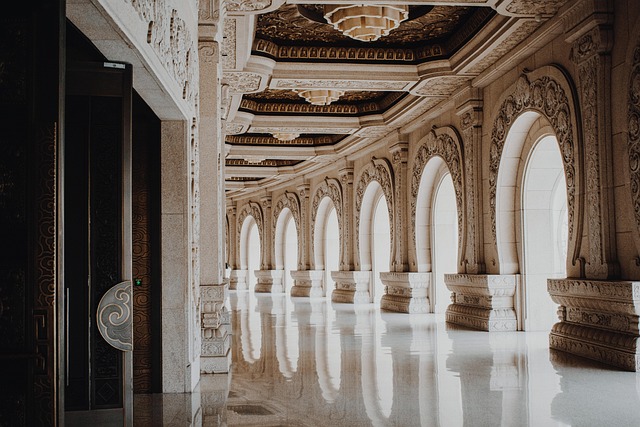When it comes to photography, one of the most crucial components that can dramatically influence your images is the focal length lens. Understanding how different focal lengths affect your images can transform the way you perceive and capture the world around you. Focal length, typically expressed in millimeters (mm), determines not only the magnification of your subjects but also the field of view and perspective in your photographs.
The beauty of photography lies in its ability to convey emotions, tell stories, and encapsulate moments in time. When you switch between different focal length lenses, you can unlock a myriad of creative possibilities. Wide-angle lenses, usually with a focal length of 24mm or less, allow you to capture sweeping landscapes or fit large groups into a single frame, invoking a sense of grandeur or space. They are perfect for expansive scenes where you want the viewer to feel enveloped in the environment, almost as if they are standing there with you.
On the other side of the spectrum, telephoto lenses, which typically range from 70mm to 300mm and beyond, help you isolate your subject by compressing the background and foreground. This is particularly useful in wildlife photography or sports, where you want to focus intensely on a subject while blurring distractions that could take away from the image’s impact. The way a focal length lens can manipulate perspective is a powerful tool in creating compelling stories through your lens.
Moreover, your choice of focal length also plays a significant role in the overall depth of field in your photos. A longer focal length lens can produce a shallow depth of field, making it easier to achieve that wonderful bokeh effect that photographers dream of. This artistic blur can be used to emphasize a particular subject, adding drama and interest to your composition.
But let’s not forget about the more versatile “standard” lenses, typically around 50mm. These lenses mimic the human eye’s field of view, striking a balance between wide and telephoto lenses. They allow for natural-looking photographs that are perfect for portraits, street photography, and casual captures where you want to retain the essence of the scene.
As you navigate the world of photography, it’s essential to understand how your camera’s optics work in tandem with different focal length lenses. Every twist of the lens or change in setting presents a new opportunity for creativity, pushing the boundaries of how you interpret light and space through your camera. Whether you’re adjusting your settings to accommodate a close-up shot or stepping back to capture a wide scene, each choice you make influences the story you tell.
Photography is not just about what you see; it’s about how you express what you feel and connect with your environment. Each focal length lens you choose tells a different narrative, one that resonates with your vision and experiences. Engaging with various lenses can profoundly impact your photographic journey, allowing you to explore new perspectives and refine your skills. So, grab your camera and dive into the world of lenses; the next stunning capture may just be a twist of the lens away!




